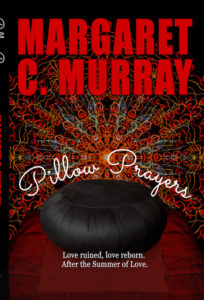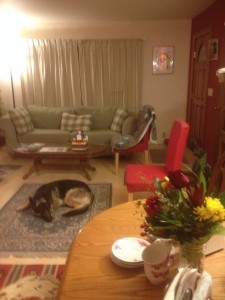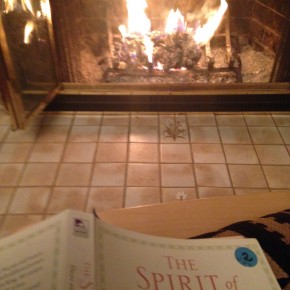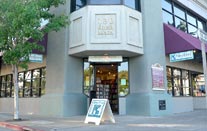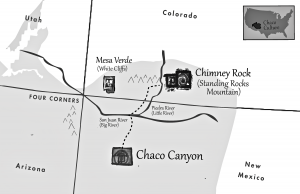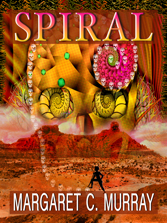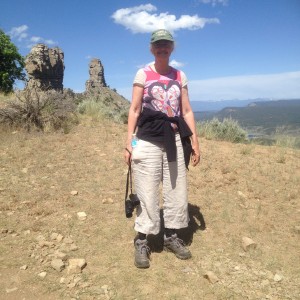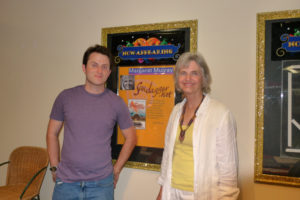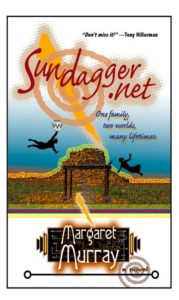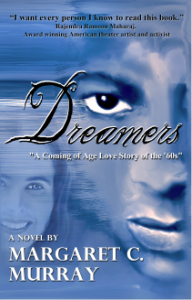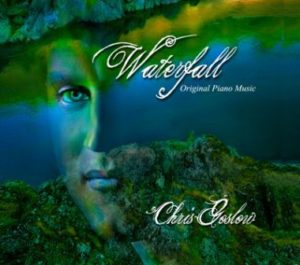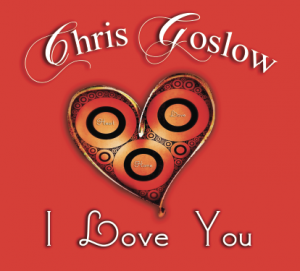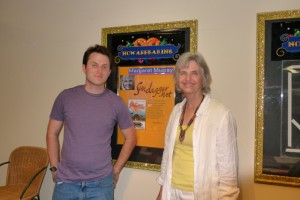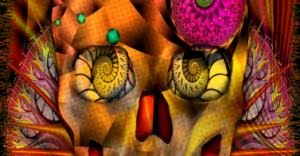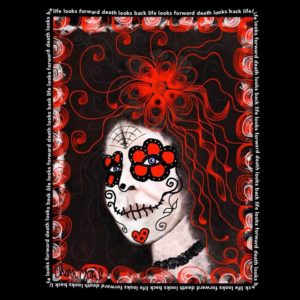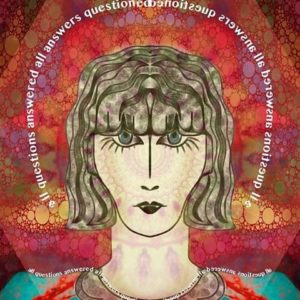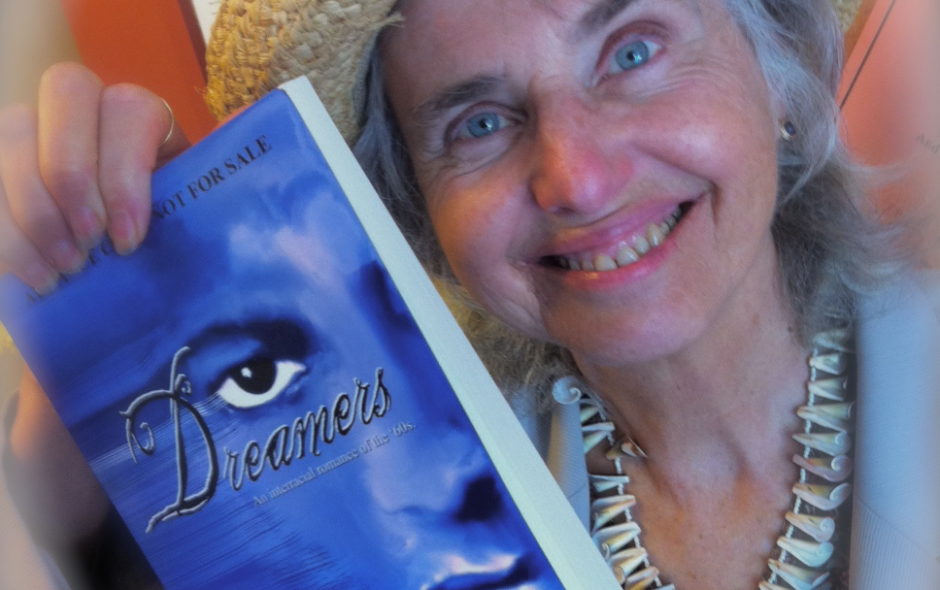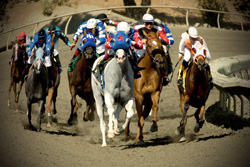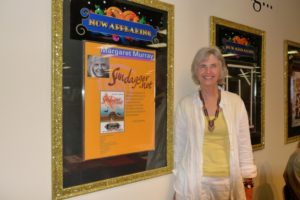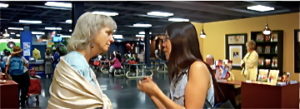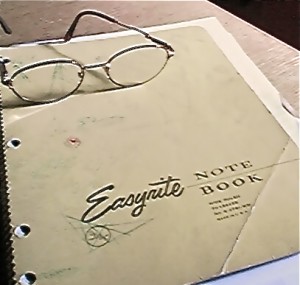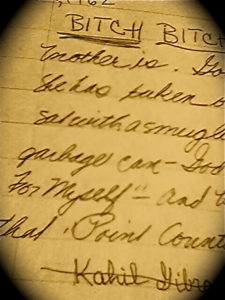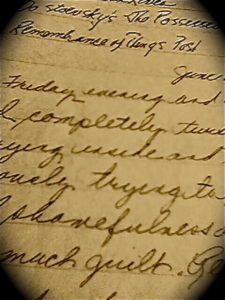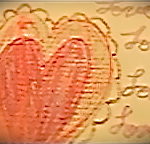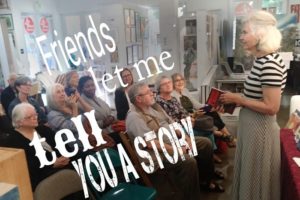
Give the gift of story this holiday season. Stories are powerful and can change lives. As a writer, I know because I work with them all the time. What a delight for me to find the story in the process of writing it.
In the photo above I’m standing in front of my audience at the book launch of Pillow Prayers in Berkeley, CA about to read from my new book. I’m feeling great and I love my story.
That all happened a few years ago. Maybe you were there!
Pillow Prayers: Love Ruined, Love Reborn after the Summer of Love
Around ten years before I published Pillow Prayers, here I am in a friend’s backyard with my first novel, Sundagger.net.
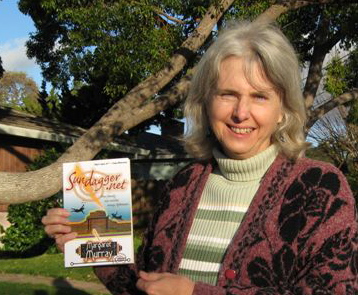
Sundagger.net: One Family, Two Worlds, Many Lifetimes
My next book became Dreamers, a Coming of Age novel I began when I was just the age of my characters. Back then it had a different title and feel. It took several decades before Dreamers became the book I wanted.
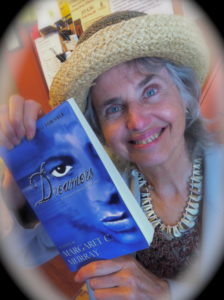
Dreamers, set in the turbulent 1960s. Street-savvy actor Thomas, desperate for stardom, meets music student, Annie, desperate for love.
A few years after publishing Dreamers, here I am feeling elated as I hold out the first printed copy of Spiral, a prequel to the “old story” in Sundagger.net. It’s a strange kind of delight to find the deeper story when you go back in time.
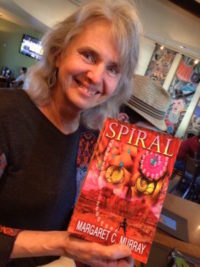
Spiral, an epic adventure set in the ancient American Southwest
It took me much less time (and angst!) to complete my companion novels Sundagger.net and Spiral. Maybe the Southwest desert landscape allow my imagination to run wild? Or perhaps it was the amazement I felt visiting the Four Corners area multiple times.
From the start I knew what my titles would be.The “.net” in Sundagger.net speaks to the magic of electronics in our internet/cybernetic culture today. I had a sun dagger in my mind after seeing videos and reading the history of the actual spiral carved at the top of Fajada Butte in Chaco Canyon National Park. Yes, a spiral! And now the title of my second Anasazi adventure. It wasn’t until 1973 that a perceived “dagger” of sunlight through the spiral was discovered during the summer solstice, leading to the realization of the advanced knowledge these prehistoric Native Americans had of the heavens.
Order now and save.
For New Year 2023, give the gift of story.
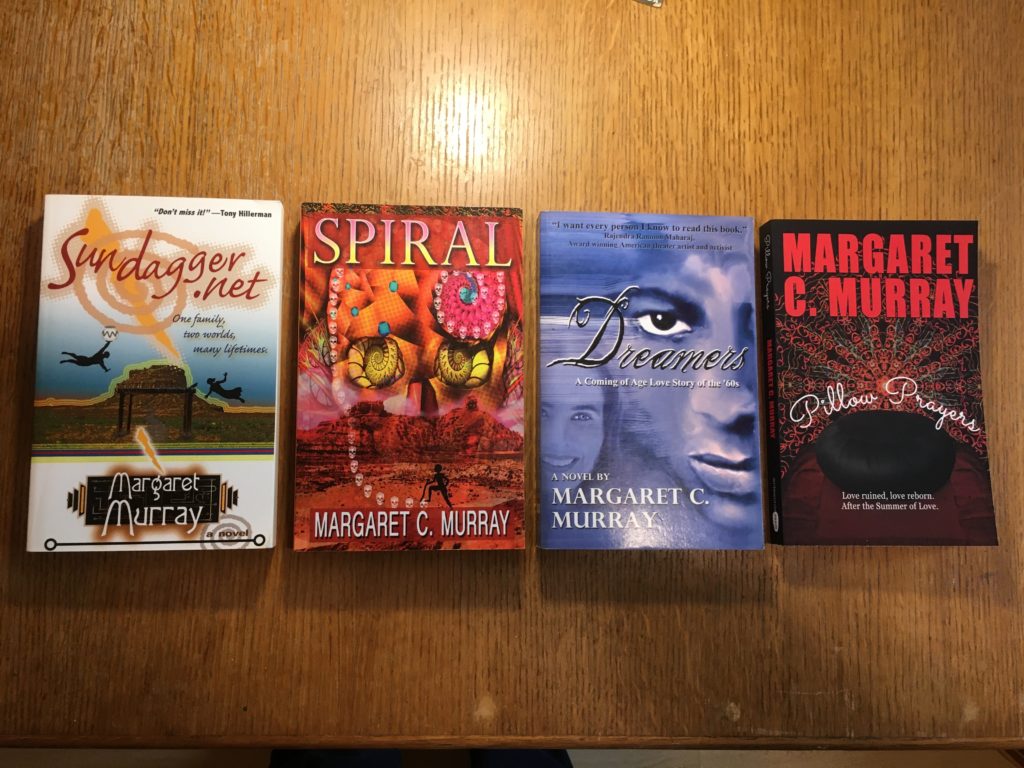
Order today.
Any single title $17.00*
More Savings** when you buy Sundagger.net and Spiral together! Both for $22.00!
*Plus Sales Tax and Mailing charges.
**Limited Offer.
DIRECTIONS: Choose your book titles below by clicking the blue arrows, then press the Buy Now Button to continue.
May you enjoy a good story always!
-Margaret

